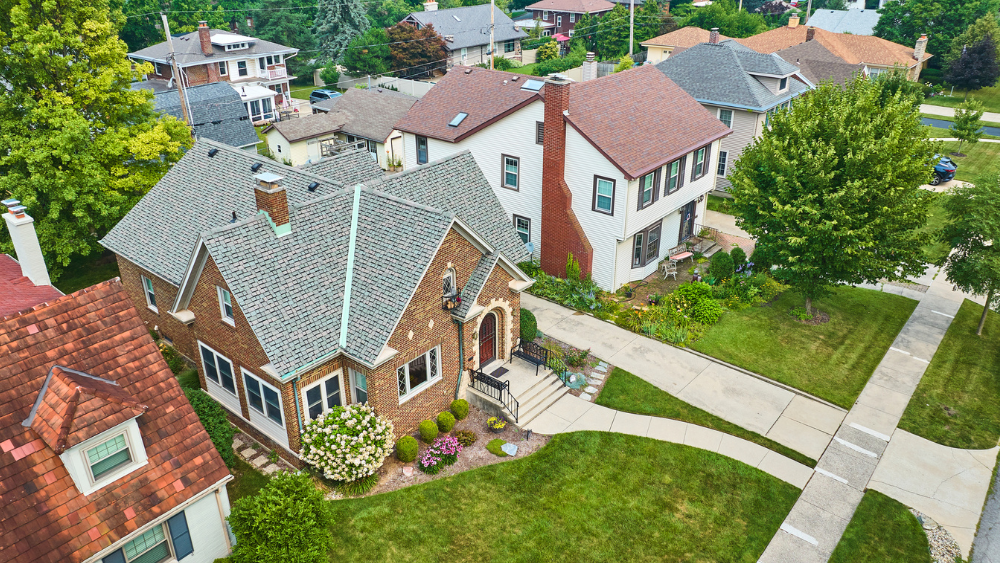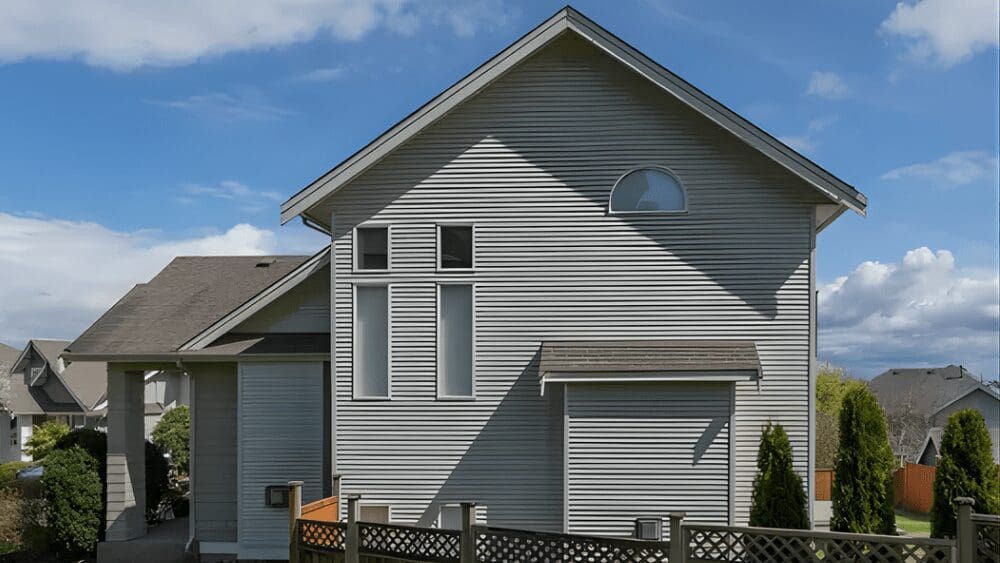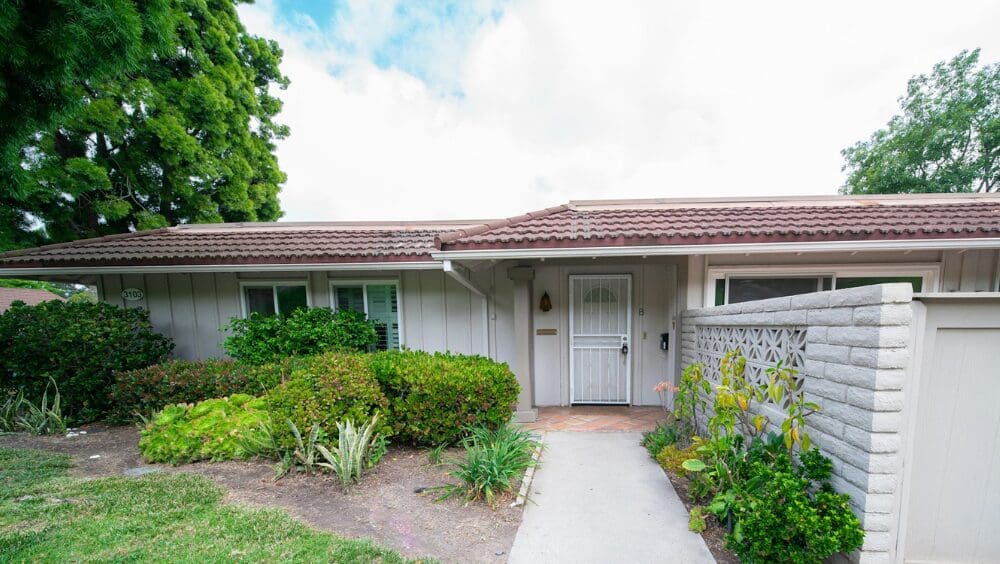
Selling your old home while simultaneously buying a new one in Indiana can often feel like a delicate balancing act. In a market where inventory is limited, and prices are high, syncing the timing and finances of both transactions becomes a significant challenge. For many homeowners, the apparent solution is to sell, move to a temporary location, and search for a new house. But there’s an alternative that might just be the solution you’re looking for: a bridge loan. This short-term financing option allows you to confidently purchase your new Indiana home before selling your current one, easing the transition and helping you manage this crucial phase in your homeownership journey. A bridge loan, also known as bridge financing, bridging loan, interim financing, gap financing, or a swing loan, is essentially a financial lifeline for homeowners like you. It’s a short-term loan designed to bridge the gap during the transition period of buying a new home while still selling your current one. This type of loan leverages the equity in your existing home, providing you with the necessary funds to make a down payment and cover closing costs on your new property. While they are typically more expensive than traditional mortgages, bridge loans offer a swift and convenient solution, allowing you to purchase your new home without waiting for your old one to sell. This financial tool can be a game-changer in ensuring a smooth transition between homes. Imagine you’re a homeowner in Indiana, ready to purchase your dream home before selling your current property. This is where a bridge loan comes into play. It uses the equity from your existing home to cover the down payment and closing costs of your new home, creating a financial bridge between the two transactions. The lender handling your mortgage for the new home will often manage your bridge loan. They usually require that your current home is actively listed for sale and will offer the bridge loan for a duration ranging from six months to a year. A critical factor in this scenario is your debt-to-income ratio (DTI). This ratio will include your existing mortgage payments, the payments for the new home, and any interest-only payments on the bridge loan. However, if your current home is under contract and the buyer has secured their loan, the lender might only consider the mortgage payment of your new home in the DTI calculation. This consideration is crucial because lenders must be confident in your ability to manage payments on both properties should your current home not sell immediately. A bridge loan in Indiana is designed to provide the flexibility and financial support needed during this transitional period, ensuring you can move forward with your new home purchase with greater ease and confidence. A bridge loan can offer several advantages, making your home-buying experience more flexible and less stressful. Here are some key benefits: These benefits make a bridge loan a practical solution for Indiana buyers who need financial flexibility before selling their existing home, allowing them to use the sale proceeds to settle the bridge loan. While a bridge loan can be a strategic tool for managing the transition between homes, it’s essential to be aware of its potential drawbacks: A bridge loan isn’t always the right choice for every real estate situation, but in some scenarios, it can significantly ease the transition from your old home to your new one. Here are some instances where a bridge loan might be an ideal solution: In cases like these, a bridge loan can provide the necessary financial flexibility, allowing you to move forward with your new home purchase while your current home is still on the market. This can be particularly good if you cannot prepare or stage your current home for sale while still residing there, as presenting a clean, unoccupied property can sometimes accelerate the sale and potentially increase the selling price.What is a bridge loan, in simple words?
How does a bridge loan work in Indiana?
What are the benefits of a bridge loan in Indiana?
What are the drawbacks of a bridge loan?
When is a bridge loan a good solution?



